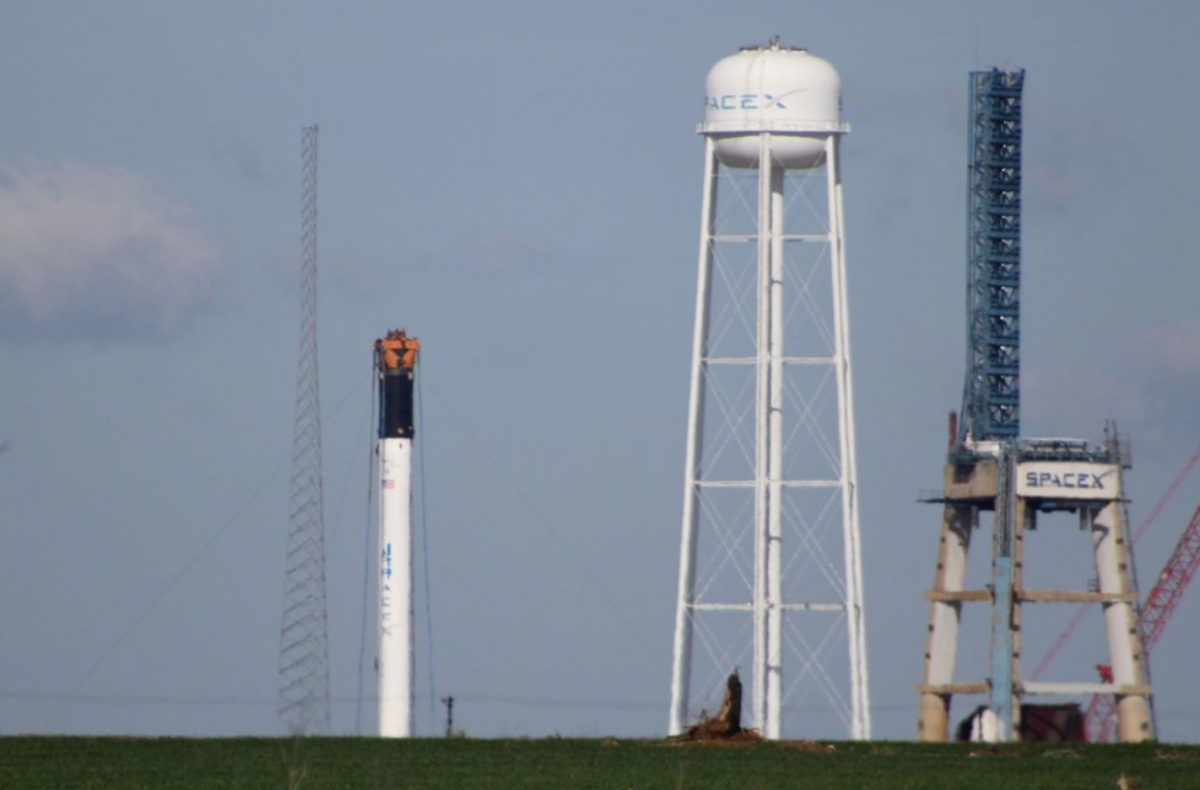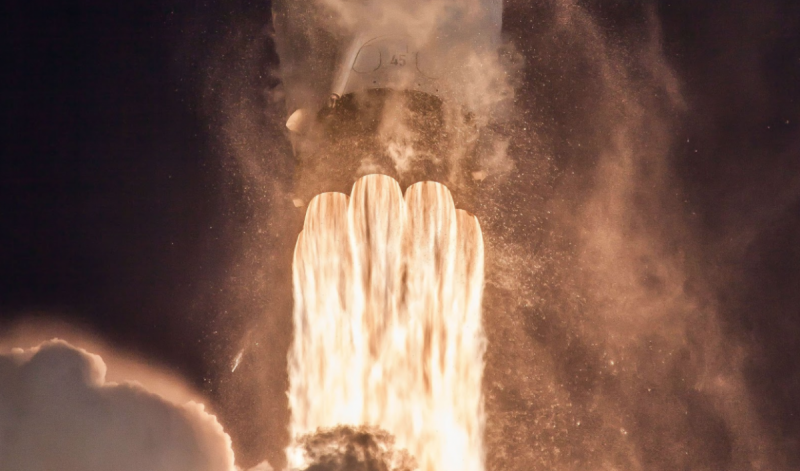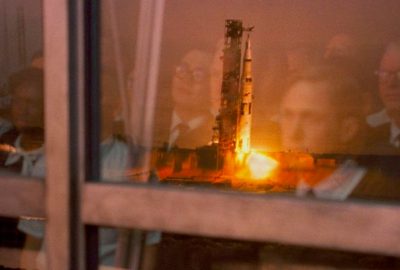The Elon Musk-founded launch provider SpaceX has made a staggering leap in its push to invent and refine the reusable rocket––a machine that was thought to be out of our reach for the last 60 years. Just about every old-school entity from NASA to Boeing to the Air Force initially wrote off Musk and his ambitions.
Turns out, they were dead wrong.
So how far has SpaceX come? Since the company’s first incident in the Summer of 2015, where they lost a Falcon 9 and Dragon capsule heading to the space station, they have become the global leaders in rocket launches.
That means they beat their competitors United Launch Alliance, NASA––who owns no rocket to speak of, the Chinese, and the Russians. Just to name a few space-faring but not-as-space-faring-as-SpaceX entities.
On December 21, 2015 they pulled off something extraordinary: They launched a rocket to orbit and then flew it back for a smooth touchdown at Cape Canaveral, where SpaceX built Landing Zone 1. The moment marked the beginning of a new era in affordable space travel and put SpaceX on the long road toward landing the first human on Mars.

SpaceX testing the newest Falcon 9 upgrade, the Block 5 in McGregor, Texas. (Reddit /u/HollywoodSX)
So since then, how far have they come? Well, SpaceX has since landed a Falcon 9 booster a whopping 24 times on both land and at sea on of the company’s twin, bi-coastal drone ships. On top of that, they managed to relaunch more than a handful of those rockets on second missions––also completely unheard of in the history of aerospace.
Along with this breakthrough in reusability is coming endorsements from those who denied the technology could exist or be cheap. For one, the Air Force now says it is more than willing to fly on one of SpaceX’s reusable rockets. As for NASA, they’ve already done so. Not only flying on a reusable Falcon 9, but a reusable Dragon spacecraft.
So what is SpaceX’s next big milestone? Pretty crazy as usual: Launching a rocket, bringing it home, then re-launching it again within 24 hours. How?
WITH A NEW ROCKET THAT’S HOW.
Now enter the Block 5 Falcon 9, a brand new incarnation of SpaceX’s rocket that will help the company make a leap in its reusability development.
Here’s what it’s got:
-Retractable landing legs
-Thermal protective coating instead of pain
-A new octoweb for keeping the engines extra safe
-General upgrades on all technical components
–MORE THRUST
This will be the vehicle that SpaceX will use to launch humans to the space station for NASA but first it has to be proven.
SpaceX’s first mission for the Block 5 is slated to occur on Monday, May 7th during a 2 hour and 25 minute window opening at 4 PM Eastern time. The new Falcon 9 will launch Bangabandhu-1 from Kennedy Space Center for the nation of Bangladesh and it will be their first orbital satellite.
This is one of the benefits of reusable (cheap) rocketry, that nations and organizations who couldn’t previously afford space access now can.
We’ll have updates on this mission coming Wednesday!









